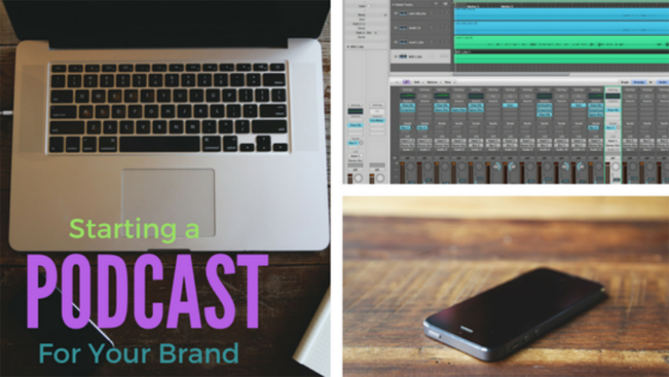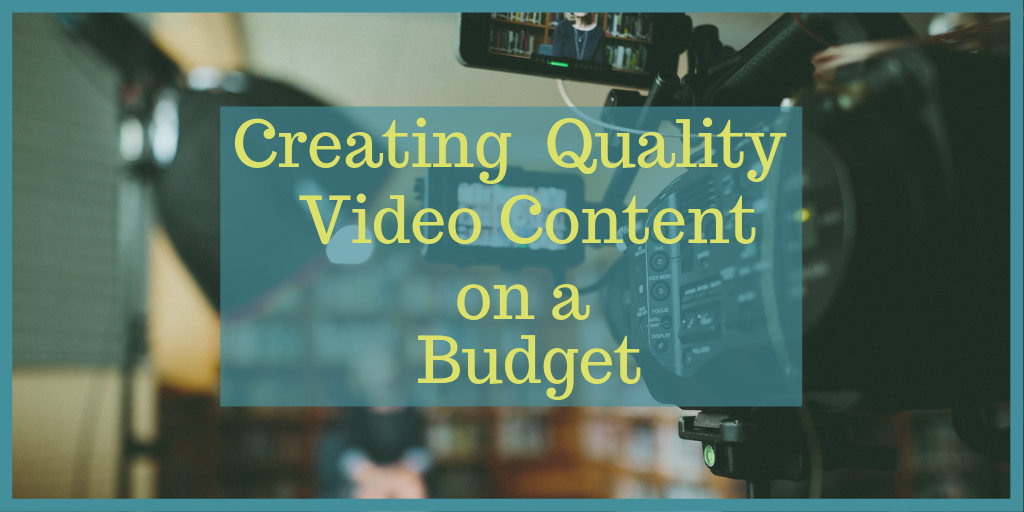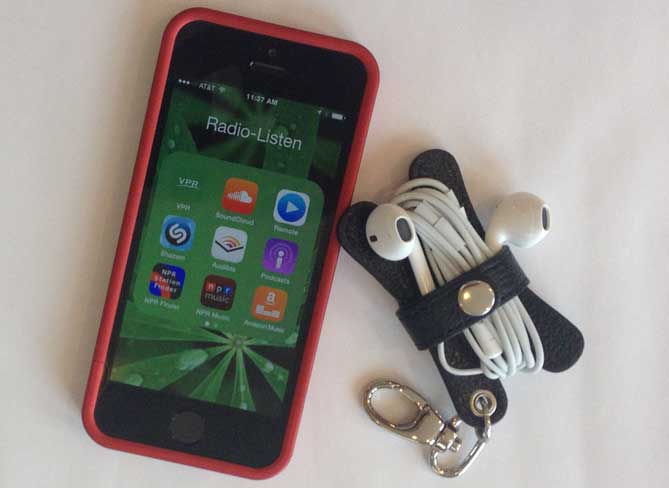Creating Quality Video Content on a Budget
Change Convos · Creating Quality Video Content on a Budget Here’s the bottom line. If you’re not making online video content for your...


With the current podcast boom brought on by the likes of Serial and This American Life, it seems like there is a podcast for everyone and every brand is podcasting. But before you go out there and grab some equipment like the bright-eyed go-getter I know you are, you better take a look deep inside yourself and answer some questions.
For my tastes alone, there's a fictional horror saga, a show dissecting the plot of the HBO drama Westworld, and a podcast making fun of bad movies. These are almost laser targeted to my interests, and I’m sure you've found some that hit that sweet spot for you.
This is the power of the podcast market. It allows you to start something targeted and interesting for your specific audience for a relatively cheap startup cost compared to video, and with evergreen potential that your social media posts might not have. For digital content marketing, it’s a tantalizing prospect to be sure.
Are you only doing this because it’s a booming industry?
If so, that might not be enough impetus to pick up your microphone. In fact, some industry professionals would rather you did not. You should know what special thing about your concept will make a podcast for your mission-driven brand new and interesting.
Are you ready to commit?
In fact, commitment might be the largest barrier to success in the podcast industry. You have to be ready to commit to a schedule and create consistently “You” content, even if it might not be your best work each time. Practice by doing is the secret to the game in podcasting.
Do you know quality audio when you hear it?
Just as importantly, you have to be committed to grabbing quality audio that sounds professional. Asking around to my friends and the office, the single biggest immediate turn off for a podcast is audio that doesn't sound professional. No iPhone mic’s allowed here folks. If you clear these starting guidelines, then there are some other things you need to consider before you start.
Are you solid on format and content?
The first thing you hammered out was your “High Concept”. Do you know the idea for your podcast fills your brand’s niche, sounds interesting for your target audience, and that you could sustain it for more than one episode? If everything you have to say can be said in one episode, podcasting might not be the best format for that content.
One strength of podcasting is that a limited run series is just as viable and strong as a weekly series. You can go as long as you have the content to support it. If you’re a nonprofit supporting a topic that is in the news often, then a weekly, guest-driven show might be a strong extension of your brand. If you instead just want to inform on an issue your nonprofit is trying to currently deal with, a 5-episode mini-series could be a cool way of telling that story.
Yes, it’s very important that you tell a story, just like any other type of marketing. As soon as you start to sound like a pitchman and not a storyteller, that’s the moment you will lose credibility with your audience. Decide early on if your chosen content will require guests or co-hosts, as you’ll need to get in contact with those people far ahead of recording. Guests and co-hosts allow you to build a rapport and further develop your show’s identity. You're here to share the knowledge that you alone can give, and conversation can sometimes share that better than a monologue ever could. Once you have your content and format hashed out, it’s time to go shopping.
Here’s a list of gear I currently own, have used, or would buy myself based on reviews. (Please see our Disclosures and Relationships policy for details.) The single most important piece of your kit is going to be your microphone, and this is where you have a couple of price and quality options. If you're just starting out, there are Mics that stand out as being industry standard. The Shure SM-58 is used by pretty much everyone in every vocation, every field. You could hit one with a semi truck and it would get up and dust itself off, leaving only a massive dent in the truck. You see these everywhere, from an open mic night to a national debate. They are dependable, give you good quality and are universally loved for their price.
The “Yeti” by Blue is a quality Mic that is well rated by most tech sites, and loads its own drivers. It’s called a Yeti for a reason. This thing is massive. It’s colossal size matches it’s massive sound quality. If you watch professionals recording a podcast, chances are one of these hulking monstrosities will be sitting on their desk like an audio gargoyle.
If you’re looking for something that is more portable but still quality, the Apogee Mic is durable and easy to use, and natively works with most DAW’s (digital audio workstations). It’s smaller than some cell phones, but packs clear audio for its size. As a sound designer, I keep one of these in my travel bag at all times. You do pay the price for the portability though, which might make you hold off on the purchase.
In order to listen to and edit your podcast, you’ll need a Digital Audio Workspace. While the audio industry will forever debate the merits of every DAW, for the beginner it will come down to Platform, Price, and Ease of Use. Audacity is a free audio editor that is simple to use, and contains most of the features you would need to host a talk only podcast. For those willing to spring for Logic Pro, Cubase, or Pro Tools, you will also gain a suite of production tools and effects that will allow you to fine tune your audio. This area is one place that you can go as deep into as you want. Garage Band and Pro Tools First are essentially free trials of Logic and Pro Tools respectively.
You also have to think of recording space. This is another area where you can decide to go as deep as you want. If you live in a fairly sound rich environment you may want to find a space that allows you the greatest amount of noise reduction. It’s best not to be on the ground floor if possible. There’s a reason a lot of punk shows happen in basements. Soundproofing foam in a small room is an option that can be undertaken once you decide how serious you are and your exact needs.
Like the microphone example above, you do not want to be editing your audio on Apple earbuds. You won't be able to hear half of what you are editing, and the quality lost isn't representative of what your listeners will hear. Despite their price and premium style, the same thing goes for Beats headphones, which artificially boost the bass of the audio source. To truly get the most out of your recordings in the editing stage, you want flat monitor headphones, preferably open backed, or a set of monitor speakers. (Flat headphones means they have a flat frequency response, which basically means they don’t alter the sound coming from the source.) Even a computer’s speakers are better than the lossy output of earbuds. If you wouldn't use them to fine tune for a work project, you shouldn't use them on your own audio recordings.
There are a lot of things that go into preparing to start your podcast. Once you have your content idea, your commitment, and your equipment, you're ready to start sharing your brand podcast with the masses yearning for another show to listen to on their morning commute.
-------
Matt Briganti is a senior at Champlain College who focuses on communications, sonic arts, and diversity & inclusion. Originally from Connecticut, Matt looks forward to continuing to use words and sound design to expand his audience after graduation.

Change Convos · Creating Quality Video Content on a Budget Here’s the bottom line. If you’re not making online video content for your...

Lately, whenever I have free moment I’ve been listening to podcasts. Just like any other type of media content, digital audio segments can be funny,...

Last year may have been declared the “Golden Age of Podcasts”, in no small part due to the run away popularity of the weekly NPR podcast Serial but...